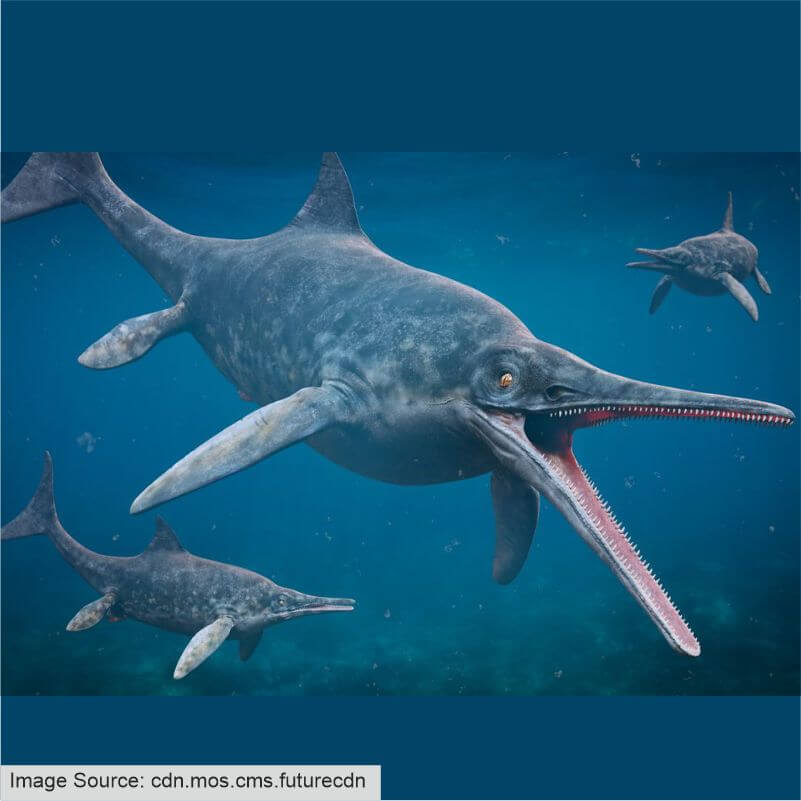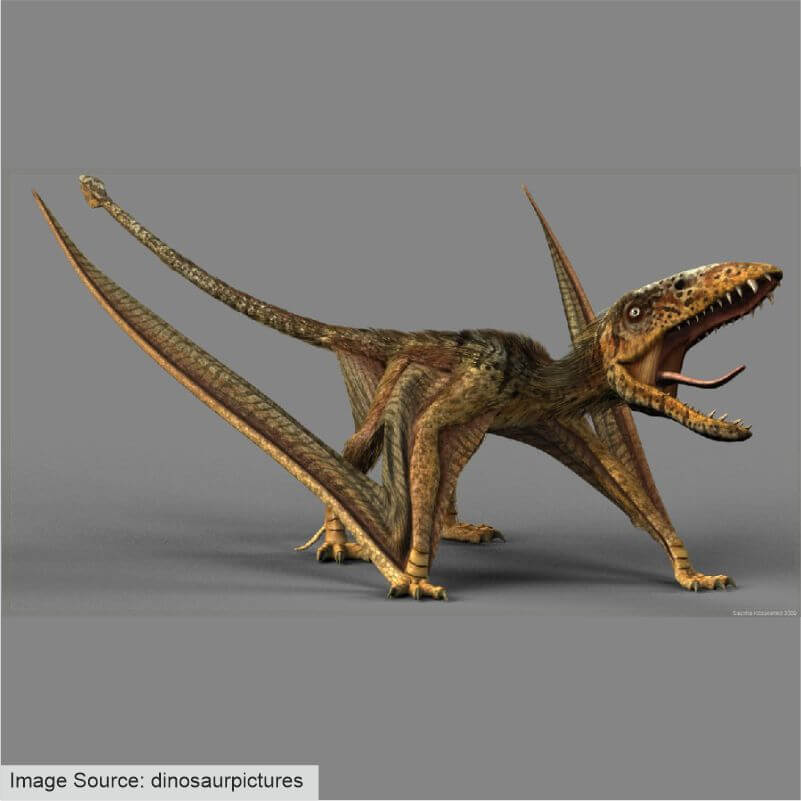When Mary Anning was born; It was only over a century since the discovery of dinosaur bones. During her birth in 1799, most people hadn’t heard of dinosaurs and most who did, didn’t believe in them.
Mary Anning was one out of nine to ten children of Richard Anning and Mary Moore, out of which only Mary and her older brother, Joseph, survived to adulthood.
Richard Anning had a deep interest in fossil collection. By the time Mary turned five to six, Richard took her under his wing, which was unheard of for girls in that period.
Mary only had little formal education, she was able to read and taught herself geology and anatomy.

Around 1811, Mary and her brother found a rather weird fossilised skull. After outlining its 5.2-metre-long skeleton, many people thought that she discovered a large crocodile. It wasn’t until 1818 when it was realized that Mary and her brother discovered a new species of dinosaur called Ichthyosaurus.
Soon, Mary added another feather to her hat in 1823 when she discovered Plesiosaurus. It became a huge scandal, with even Georges Cuvier (a respected French naturalist and zoologist) scoffing at the discovery. A meeting was scheduled to decide upon the findings, where Cuvier admitted to his mistake. However, Mary herself wasn’t invited to the meeting.
This was the case with most of Mary Anning’s works. Most of her work went unrecognized or uncredited. Even, the Geological Society of London refused to grant her admission as they didn’t allow women until 1904.

But Mary wasn’t letting misogyny get in the way of her passion. In 1828, Mary discovered a creature with a long tail and wings, which was later dubbed a Dimorphodon, the first pterosaur of her time.
However, she also found plenty of support. A geologist, Henry De la Beche, painted Duria Antiquior to raise funds for Mary Anning. It is the first representation of prehistoric life.
Mary died from breast cancer in 1847. She was only 47 years old, and still in financial strain despite a lifetime of extraordinary scientific discoveries.
Today the Natural History Museum in London showcases several of Mary Anning's spectacular finds, including her ichthyosaur, plesiosaur and pterosaur. Much like they did two centuries ago, her fossils continue to captivate visitors from around the world.
David Gold, Director of External Affairs and Policy at Royal Mail said: "It is fitting in the week of International Women's Day that we pay tribute to Mary Anning with four images of some of the fossils she discovered." He further added Anning was "one of the greatest fossil hunters of the 19th century", who made a "major contribution to our understanding of the majestic creatures that roamed the Earth hundreds of millions of years ago."
We, at Child Help Foundation, greatly respect the works of female scientists like Mary Anning who paved the way for women to pursue a career in science. To honour Mary Anning, we dedicate our resources to educating girls and helping bring about gender equality. Child Help Foundation has helped 53,426 with its gender equality programme.
Thank you for reading this article. Make sure to share it with all your friends and family members.
